New Cowboy 4 e-bike is an impressive urban steed
The latest Cowboy e-bike rides to the rescue of urban commuters with technical prowess, industrial good looks and useful app integration
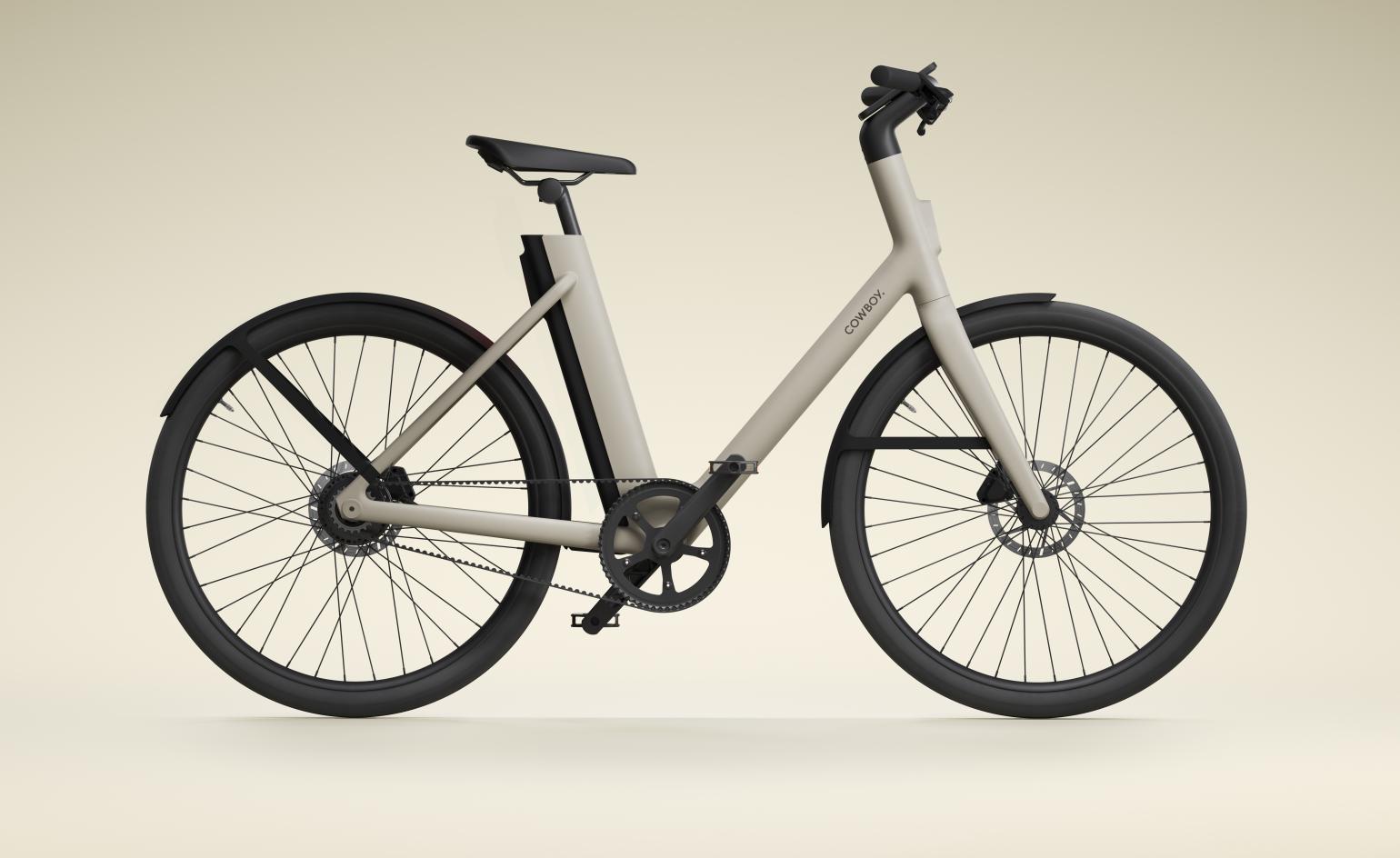
Brussels-based firm Cowboy’s new Cowboy 4 e-bike bolsters the company’s claim to be at the cutting edge of modern commuting. Set up in 2017 by Tanguy Goretti and Adrien Roose, the company stood out from the start by having founders from a software background. But lest you think that Cowboy contains the usual start-up mix of magical thinking and vapourware product, these bicycles are very much in existence.
Cowboy 4 is, as the name suggests, the fourth iteration of a product that is evolving and improving. As well as a standard frame, there’s now a 4 ST model with a step-through frame. All the technical design, industrial detailing and app integration of Cowboy’s earlier electric bikes has been refined and upgraded as well.
Why Cowboy? Cast your mind back a few years and the e-bike was mostly the preserve of the elderly, a gentle form of power assistance for some uplift on steeper gradients. They were bulky, inelegant and certain to be sniffed at by the cycling cognoscenti. All that has largely changed, thanks in part to design-savvy electric bike brands such as Cowboy, which have taken the best bits of assisted cycling and spliced them with genuinely useful applications like smart mapping, as well as a little fitness-fuelled gamification along the way.
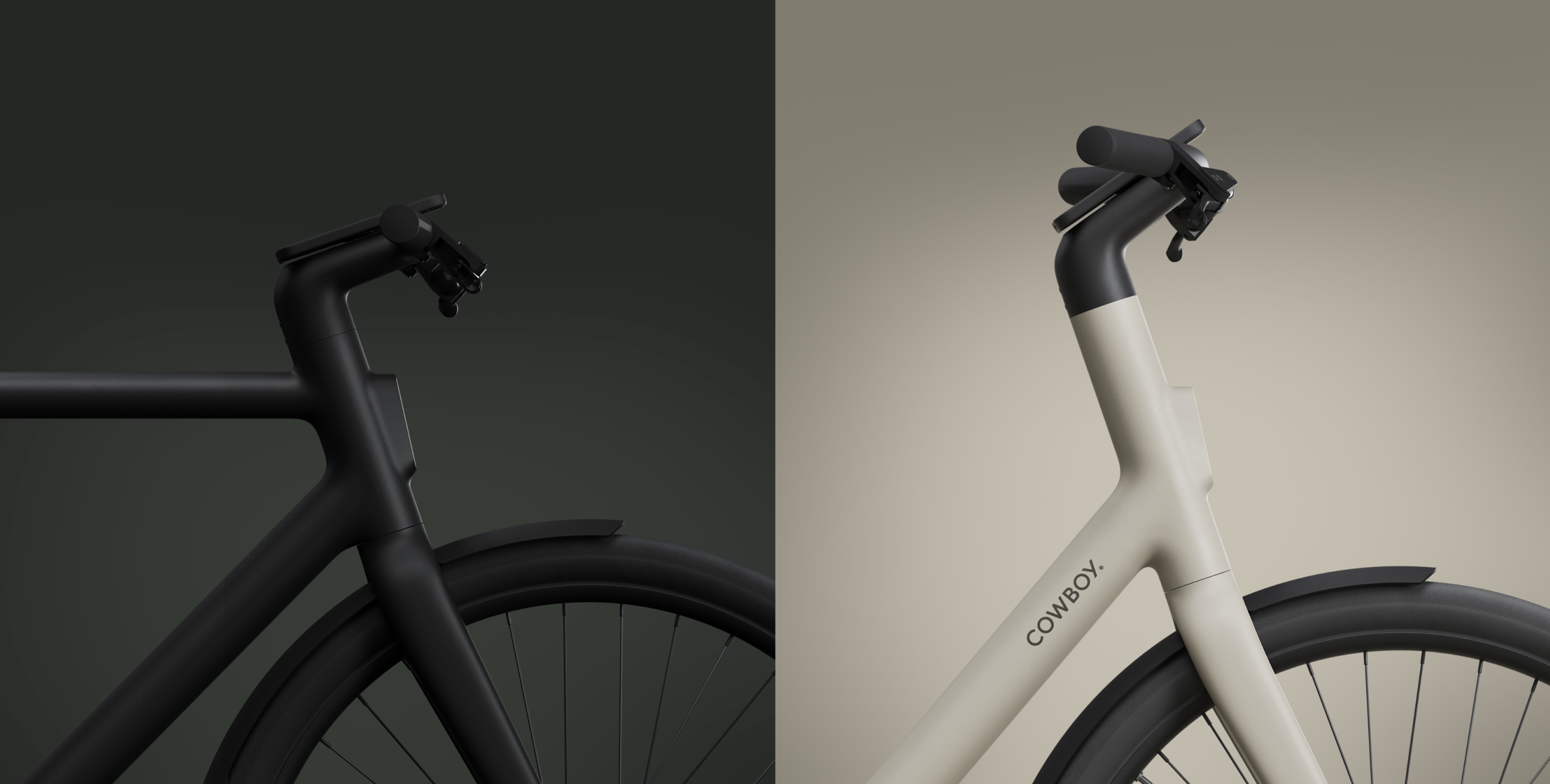
The Cowboy 4 e-bike is available in two frame styles, including the company's first step through model (right)
Cowboy 4 e-bike: appealing design and 70-mile range
Simplicity is the watchword. The design is all-new and totally bespoke, with barely any off-the-shelf parts (apart from the comfortable saddle by Selle Royal and the carbon belt drive from Gates). A new powertrain makes stepping away smooth and predictable, with the electric motor responding quickly to the pedal motion, creating that giddy acceleration that still feels a little uncanny on a bicycle. The makers promise a range of around 70 miles, which is a week’s worth of commuting for many people. What’s more, the frame-mounted battery pack can be removed, not only increasing the bike’s security but allowing you to charge indoors or keep a spare battery to hand.
The elegant C4 and C4 ST won a prestigious Red Dot Design award this year and it’s not hard to see why. The slight chunkiness of most e-bikes is concealed well, with a smooth, seam-free aluminium frame that is pared back and minimal, with integrated lights. Both models weigh around 19kg and have front and rear disc brakes. The company is especially proud of the Cowboy app, which not only gives you accurate way-finding info (as well as indicated battery reserves for a return journey) but can be set to route you away from the most heavily congested roads, depending on the time of day.
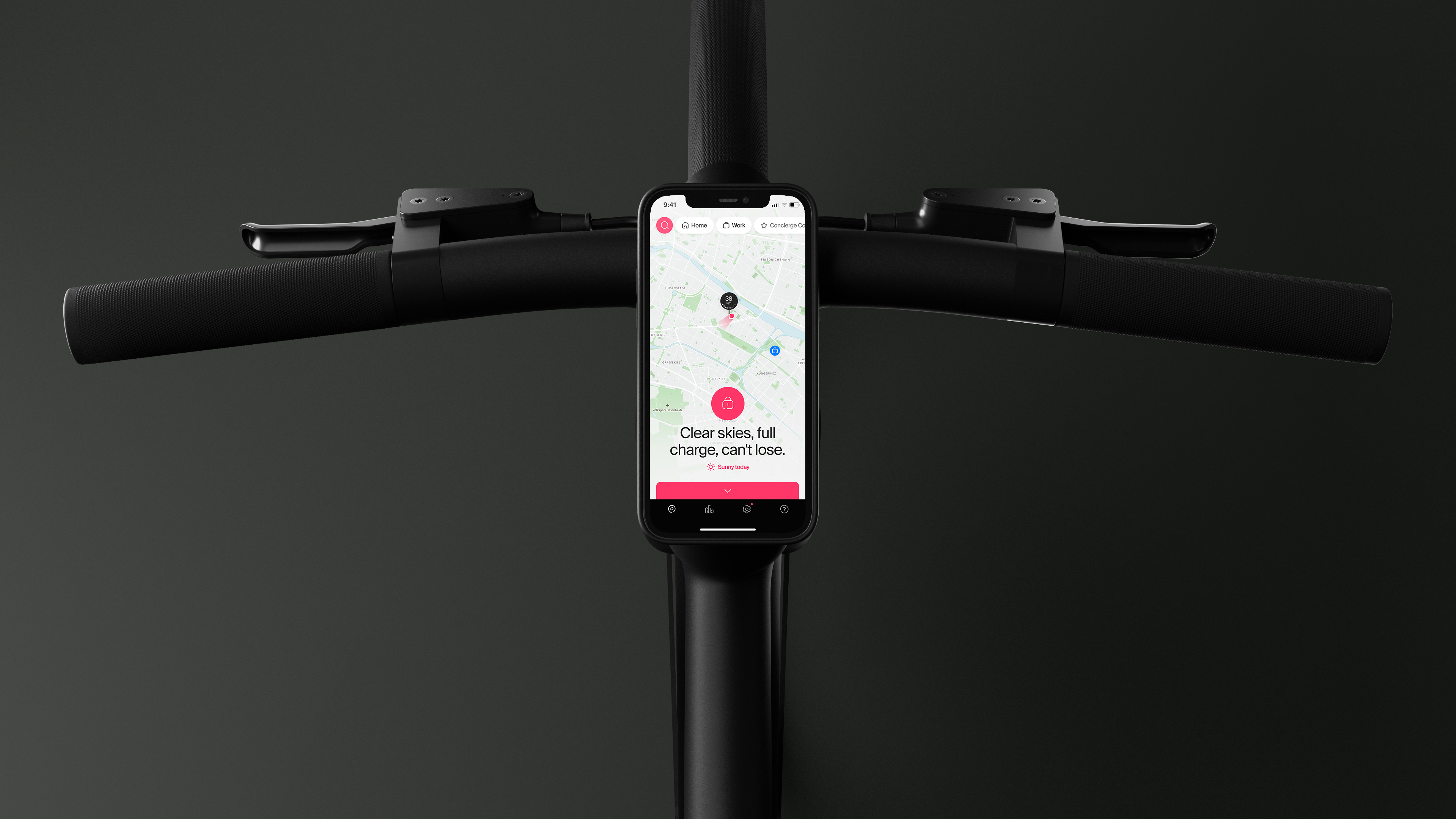
The Cowboy 4 e-bike uses your smartphone to create the bike's cockpit, clicking into place with a special case that also charges your device
The app is accessed through your smartphone, which docks with the bike using a Quad Lock mount that can also charge your phone when it’s in place. The ‘cockpit’ isn’t just for mapping; the app collates riding and fitness data, as well as providing helpful weather updates. Cowboy will also provide a theft detection service (the bike will helpfully beam its location back to you if removed), as well as insurance and customer support. First deliveries of this impressive machine should be in September 2021.
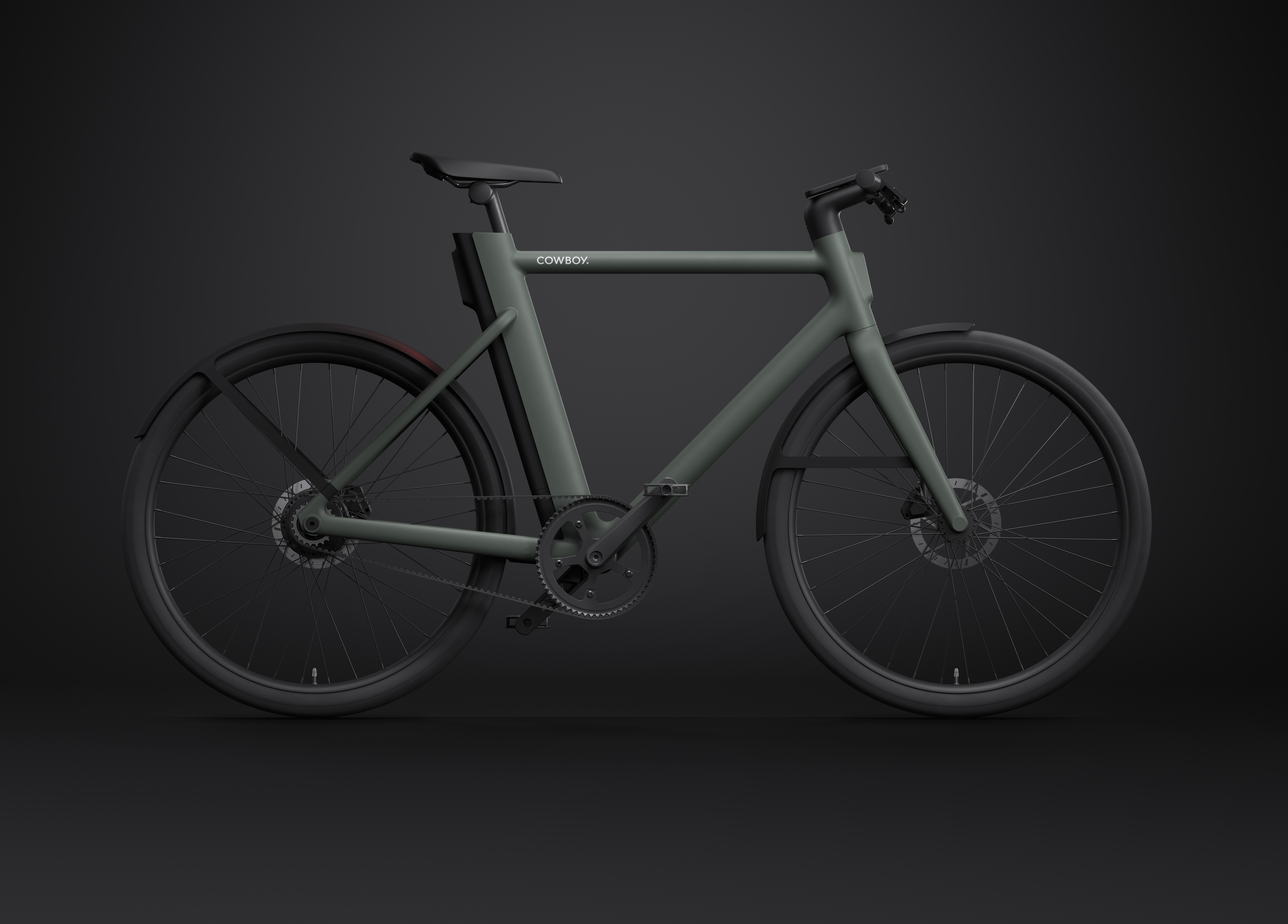
Winner of a 2021 Red Dot Design Award for product design, the Cowboy 4 is elegant and functional
INFORMATION
Cowboy C4 and C4 ST, available in C4 Black, Khaki, and Sand, £2,290
Receive our daily digest of inspiration, escapism and design stories from around the world direct to your inbox.
Jonathan Bell has written for Wallpaper* magazine since 1999, covering everything from architecture and transport design to books, tech and graphic design. He is now the magazine’s Transport and Technology Editor. Jonathan has written and edited 15 books, including Concept Car Design, 21st Century House, and The New Modern House. He is also the host of Wallpaper’s first podcast.
-
 A compact Scottish home is a 'sunny place,' nestled into its thriving orchard setting
A compact Scottish home is a 'sunny place,' nestled into its thriving orchard settingGrianan (Gaelic for 'sunny place') is a single-storey Scottish home by Cameron Webster Architects set in rural Stirlingshire
-
 7 colours that will define 2026, from rich gold to glacier blue
7 colours that will define 2026, from rich gold to glacier blueThese moody hues, versatile neutrals and vivid shades will shape the new year, according to trend forecasters
-
 In Norway, discover 1000 years of Queer expression in Islamic Art
In Norway, discover 1000 years of Queer expression in Islamic Art'Deviant Ornaments' at the National Museum of Norway examines the far-reaching history of Queer art
-
 Inside Brompton: a pioneering provider of folding bicycles for fifty years
Inside Brompton: a pioneering provider of folding bicycles for fifty yearsBelow the fold, we explore the history and ethos of Brompton Bicycles and take a tour of the bike maker’s London factory as it comes up on its half century
-
 The Infinite Machine Olto is an electrified two-wheeler designed for urban transportation
The Infinite Machine Olto is an electrified two-wheeler designed for urban transportationNew York-based Infinite Machine have revealed their second electric urban vehicle, the Olto, a micro mobility solution designed to share bike lanes
-
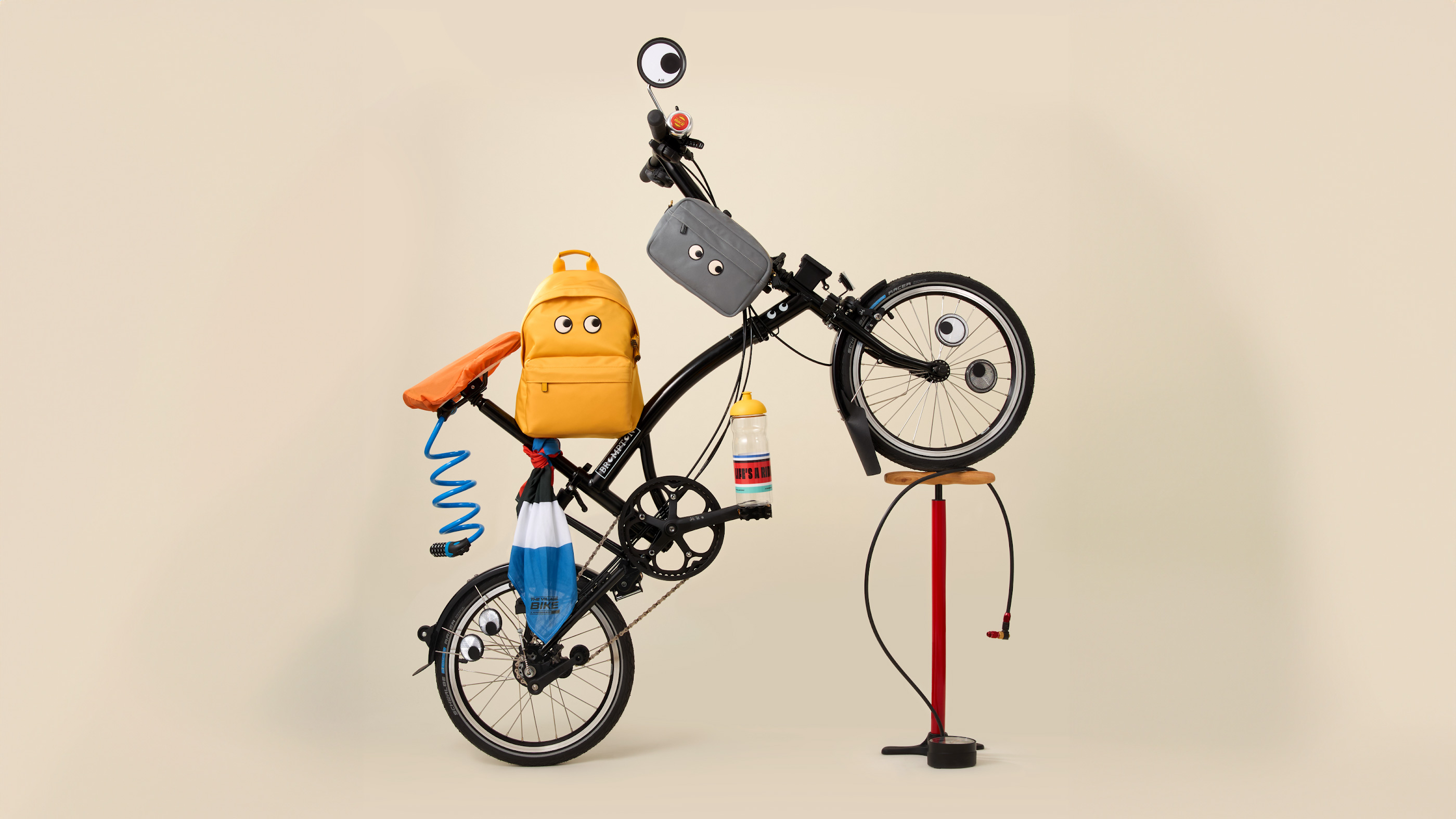 Anya Hindmarch teams up with Brompton to create a fashion-forward folding bike
Anya Hindmarch teams up with Brompton to create a fashion-forward folding bikeThe power of the pedal is amplified by this timely tie-in between British bike makers Brompton and Anya Hindmarch
-
 Orbea’s award-winning Diem e-bike offers performance, choice and style
Orbea’s award-winning Diem e-bike offers performance, choice and styleSpanish bicycle manufacturer Orbea has brought its racing experience to bear on the new Orbea e-bike, a high performing machine pitched at urban use
-
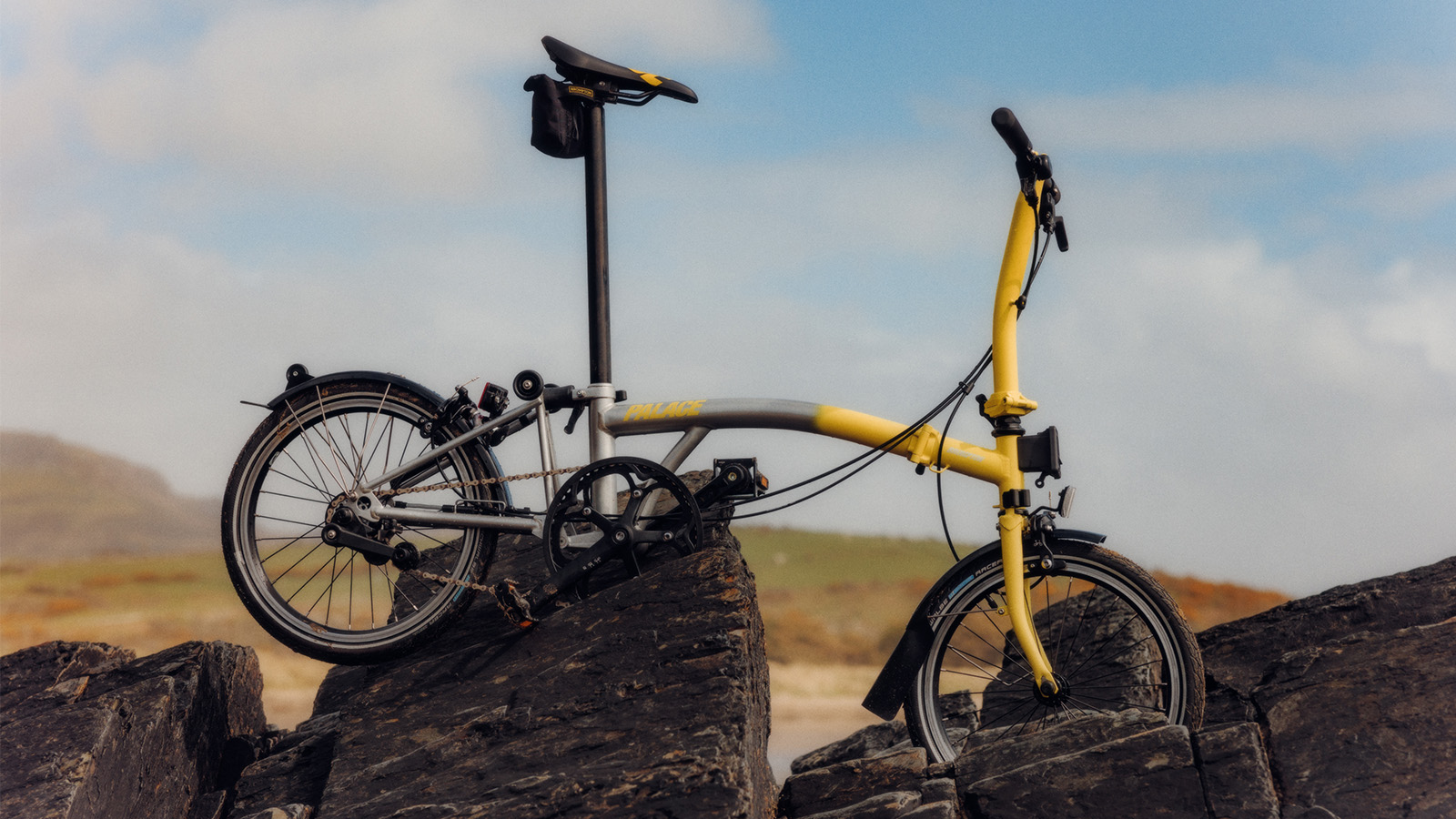 A first look at the Palace x Brompton foldable bike boasting culture-defining flair
A first look at the Palace x Brompton foldable bike boasting culture-defining flairThe Palace x Brompton C Line 2 Speed Low Bar is the first collaboration between the bike and streetwear brand, uniting urban style with functional design
-
 Volt London e-bike: a city ride with a twist of style
Volt London e-bike: a city ride with a twist of styleThe Volt London e-bike is a clear rival to VanMoof, boasting elegant styling and superb performance
-
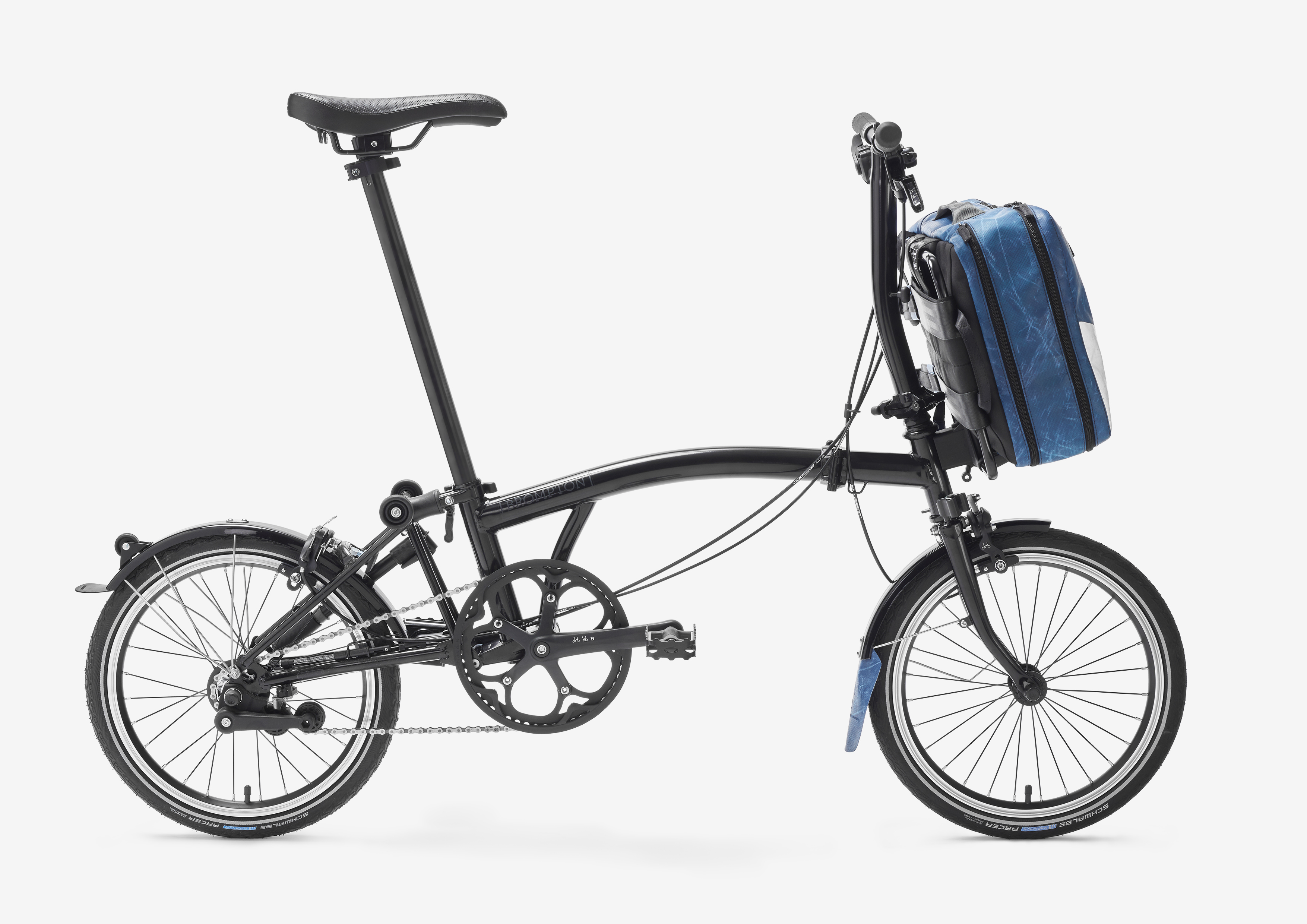 Freitag designs bag for the iconic Brompton bike
Freitag designs bag for the iconic Brompton bikeSwiss brand Freitag meets London's finest foldable bike in this collaboration between two urban design greats
-
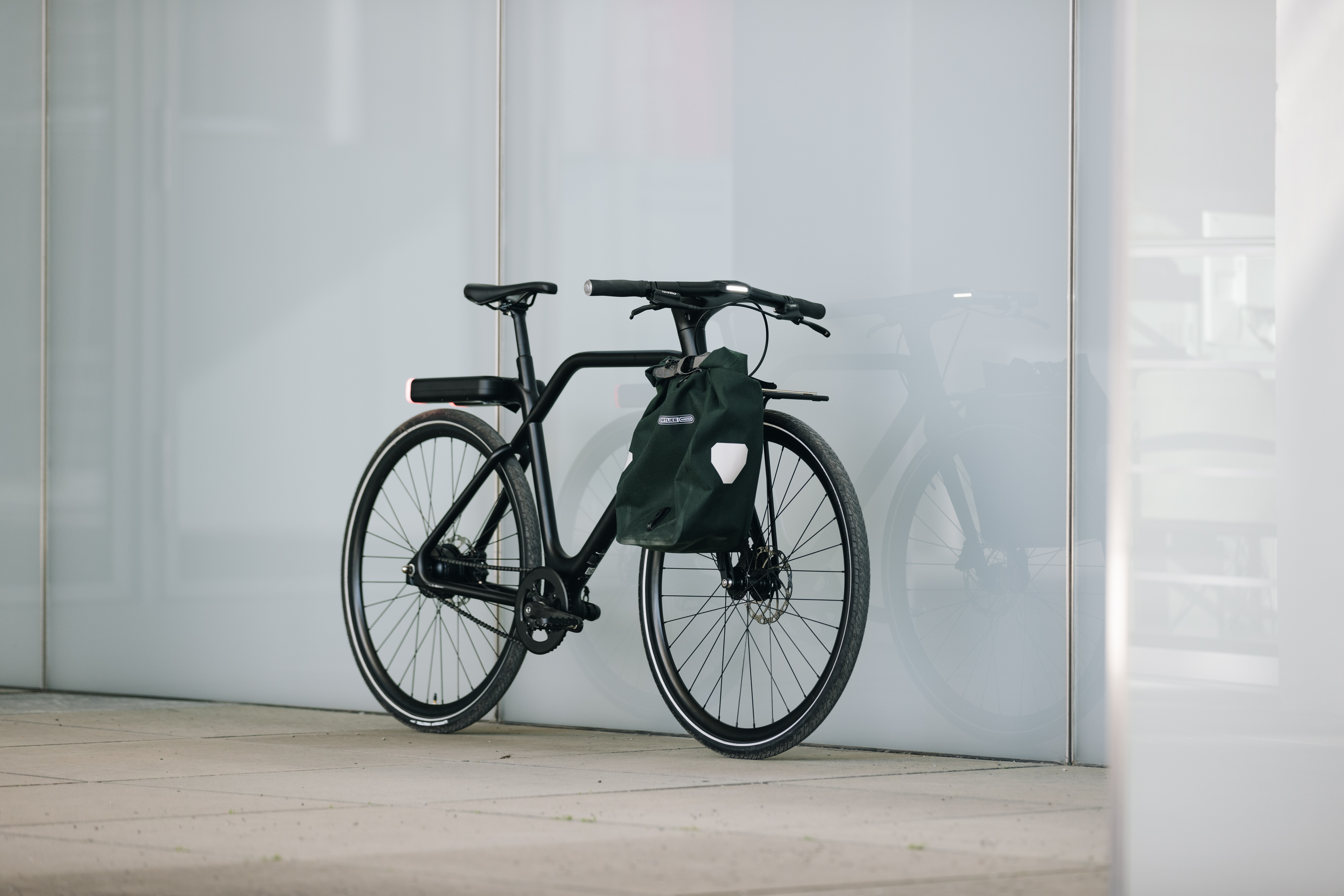 New Ora Ïto-designed E-Bike opens up the British city
New Ora Ïto-designed E-Bike opens up the British cityParis-based bike makers Angell launched E-Bike in the UK